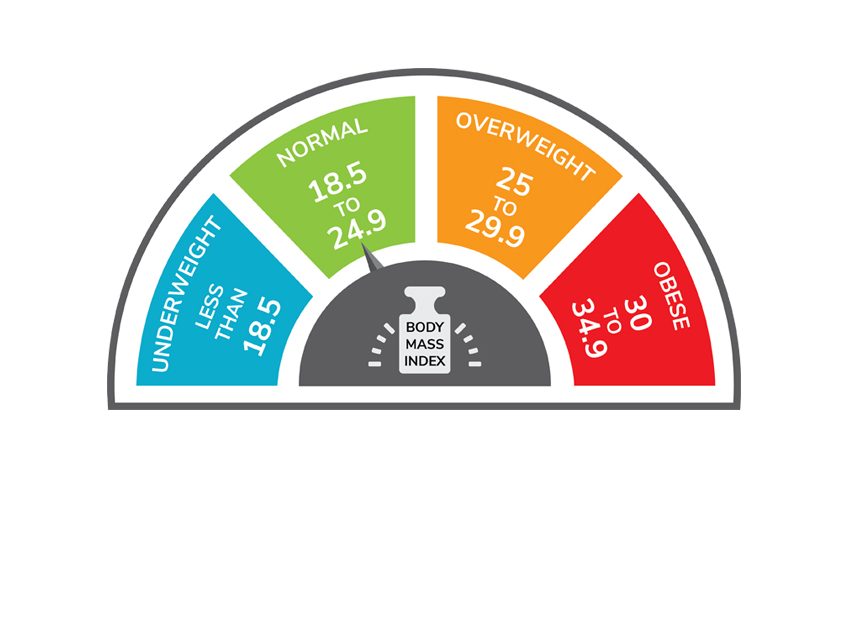Maintaining your cat’s weight is one of the most important responsibilities you have as a pet owner. A cat’s weight isn’t just a number—it’s a direct reflection of their overall health and wellbeing. By referring to a cat weight chart, you can monitor whether your feline friend is underweight, overweight, or within a healthy range based on their age and breed. This guide will walk you through everything you need to know, from kittenhood to senior years, and help you understand how to keep your cat in optimal condition.
Across the UK, more and more vets are reporting increases in feline obesity, a growing concern that can lead to serious health complications such as diabetes, arthritis, and heart disease. Using a normal cat weight chart by age kg is not only about catching potential problems early but also about ensuring your pet enjoys a longer, more active life. Whether you’ve adopted a tiny tabby or a majestic Maine Coon, this guide helps you track their weight through every life stage.
Understanding Average Cat Weight and Breed Differences
The average cat weight in kg usually falls somewhere between 3.5 kg and 5.5 kg, but this figure can vary widely depending on breed, sex, age, and lifestyle. A petite Siamese will naturally weigh far less than a bulky British Shorthair, so breed-specific knowledge is key. For example, the average male cat weight kg may be higher than the average female cat weight kg by as much as a kilo, especially in larger breeds.
Knowing the average cat weight is only half the story—you also need to compare it with your own cat’s frame and condition. That’s where a proper cat weight chart comes in. It gives you a clear reference point for what’s normal, so you’re not relying on guesswork. A breed-specific ideal cat weight chart kg is even more accurate and helps ensure your cat’s weight is judged fairly, rather than against generic standards.
Cat Weight Chart by Age in Kg: From Kitten to Senior
Cats go through several distinct stages in their lives, and their ideal weight changes along with them. Kittens grow at an astonishing rate, with some gaining 100 grams per week. By the time they’re six months old, they often weigh between 2 kg and 3.5 kg, depending on the breed. A well-structured cat weight chart by age gives owners a visual cue to ensure kittens are developing on schedule.
As your cat enters adulthood, typically around one year old, weight gain slows. Most healthy adult cats will stabilise between 3.5 kg and 5.5 kg. Larger breeds like the Maine Coon can range between 6 kg and 10 kg without being overweight. Senior cats (aged 7+) may experience slight weight loss or gain due to health conditions. This is why tracking weight using a cat weight chart by age in kg becomes even more important in their golden years.
Identifying a Healthy Weight: What to Look For

While the cat weight chart offers numerical guidance, your eyes and hands provide the next layer of insight. A healthy cat should have a visible waist when viewed from above and a tucked-in tummy when seen from the side. You should be able to feel—but not see—the ribs. If your cat has lost its waistline or you struggle to feel the ribs through layers of fat, it might be time to reconsider their feeding and exercise routine.
Signs of a healthy cat weight include a glossy coat, energetic behaviour, and consistent eating habits. Unexplained changes in weight—especially rapid cat weight loss—can be a warning sign of underlying issues such as hyperthyroidism or diabetes. Use a cat weight chart alongside vet visits and body condition scoring to get a full picture of your cat’s health. Don’t rely on appearance alone—cats are masters at hiding discomfort and illness.
How to Manage Cat Weight with Diet and Exercise
Keeping your cat at a healthy weight is a combination of feeding the right food, controlling portions, and ensuring regular activity. Feeding a balanced diet designed for your cat’s age and lifestyle is crucial. If your cat has become overweight, consult your vet about switching to cat weight loss food, which is usually lower in fat and calories but still satisfies hunger.
Exercise is equally important. Encourage your cat to stay active with interactive toys, climbing towers, or even puzzle feeders that stimulate both their mind and body. Indoor cats especially benefit from daily play sessions. Maintaining activity levels helps keep your cat’s metabolism functioning well and supports healthy digestion. Combined with a reliable cat weight chart, these habits form a powerful routine for long-term health.
Special Considerations for Large and Small Breeds
Not all cats are created equal. A Maine Coon, one of the largest domestic breeds, can naturally weigh up to 10 kg and still be considered healthy. In contrast, a full-grown Burmese may top out at just 4.5 kg. This breed-based disparity means that using a generic cat weight chart can sometimes be misleading—breed-specific guidance is always better.
Some cat owners are also curious about trending terms like “Doja Cat weight loss,” often searched in pop culture. While unrelated to feline health, it signals a growing interest in weight topics across species. For cats, it’s important to ensure that any weight loss is gradual and medically appropriate. Sudden weight drops can be dangerous and should prompt a vet visit.
Conclusion: Use a Cat Weight Chart as Your Health Roadmap
A cat weight chart isn’t just a helpful tool—it’s a cornerstone of responsible pet ownership. By tracking your cat’s weight according to age and breed, you can detect early signs of obesity, underweight conditions, or health problems before they become serious. Whether you own a playful kitten, a sleek adult, or a lazy senior, weight monitoring should be part of your regular care routine.
In the UK, where indoor living and overfeeding are common, using a normal cat weight kg guide can literally add years to your pet’s life. Regular vet visits, smart feeding choices, and frequent checks against the chart make all the difference. When in doubt, remember: a healthy weight means a healthier cat—and a happier you.
Frequently Asked Questions
What is the normal weight for a cat in kg?
The average cat weight in kg is between 3.5 and 5.5 kg, though this varies by breed and gender.
How much should my cat weigh by age?
Kittens grow rapidly and may reach 3–4 kg by 6 months. Adult cats should stay within their breed’s ideal weight range.
Is 6 kg overweight for a cat?
It depends on the breed. While 6 kg may be too much for a Siamese, it’s perfectly normal for a British Shorthair or a Maine Coon.
What are signs my cat is overweight?
Lack of a visible waist, inability to feel ribs easily, lethargy, and difficulty grooming are key indicators.
How can I help my cat lose weight safely?
Use cat weight loss food, reduce treats, increase playtime, and monitor weight weekly with a cat weight chart.
You may also read: Kg to Stone and Pounds NHS Chart – Official NHS Weight Conversion Guide



